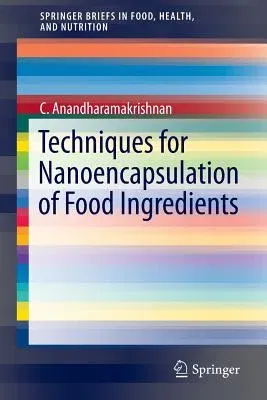C Anandharamakrishnan
(Author)Techniques for Nanoencapsulation of Food Ingredients (2014)Paperback - 2014, 26 November 2013

Qty
1
Turbo
Ships in 2 - 3 days
In Stock
Free Delivery
Cash on Delivery
15 Days
Free Returns
Secure Checkout

Part of Series
Springerbriefs in Food, Health, and Nutrition
Print Length
89 pages
Language
English
Publisher
Springer
Date Published
26 Nov 2013
ISBN-10
1461493862
ISBN-13
9781461493860
Description
Product Details
Author:
Book Edition:
2014
Book Format:
Paperback
Country of Origin:
NL
Date Published:
26 November 2013
Dimensions:
23.39 x
15.6 x
0.53 cm
ISBN-10:
1461493862
ISBN-13:
9781461493860
Language:
English
Location:
New York, NY
Pages:
89
Publisher:
Weight:
149.69 gm